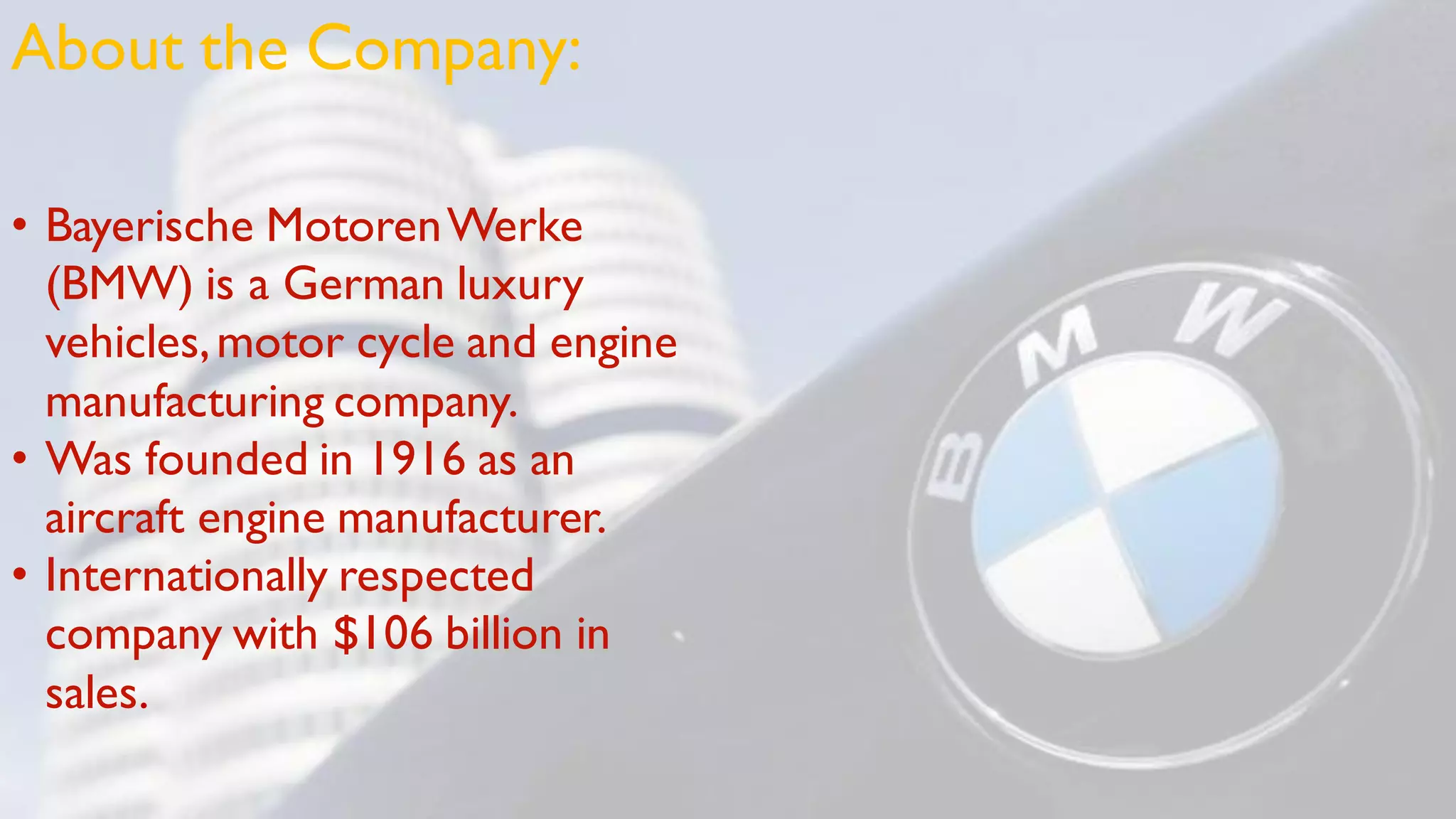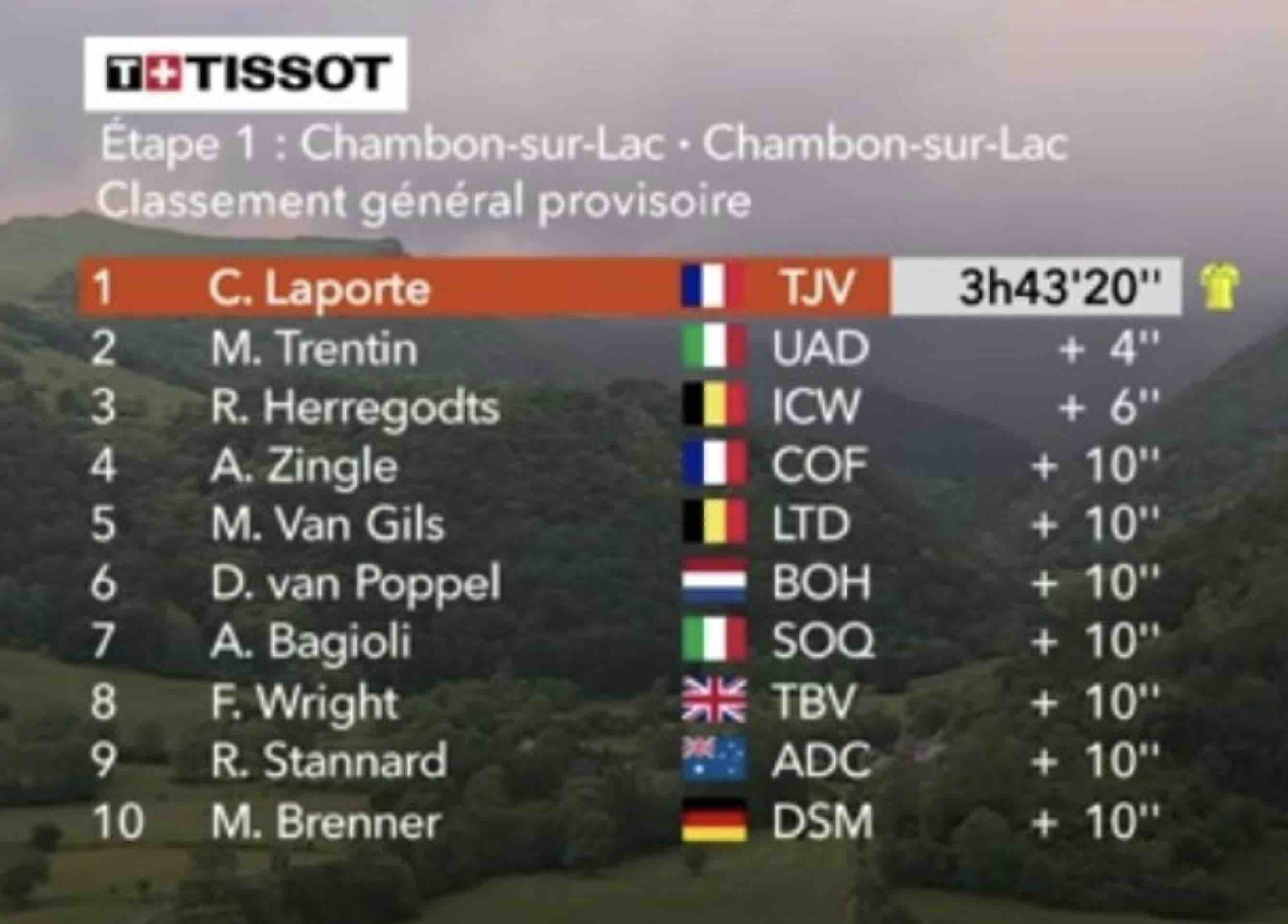Case Study: BMW And Porsche's Strategies In A Changing Chinese Market

Table of Contents
BMW's Strategy in the Chinese Automotive Market
BMW's success in China hinges on a multi-pronged strategy designed to resonate deeply with Chinese consumers. This involves a keen understanding of local preferences, significant investment in technology, and a commitment to building long-term brand loyalty.
Localization and Customization
Understanding and catering to the unique preferences of Chinese consumers is paramount. BMW has achieved this through various localization efforts:
- Development of China-specific models, features, and marketing campaigns: This includes the development of long-wheelbase versions of popular models to cater to the preference for more spacious vehicles.
- Integration of local payment platforms: Seamless integration with popular Chinese payment systems like Alipay and WeChat Pay enhances the purchasing experience for Chinese consumers.
- Targeted social media marketing: BMW effectively leverages popular Chinese social media platforms like WeChat and Weibo to connect directly with their target audience, delivering personalized marketing messages.
Technological Innovation and Electrification
BMW recognizes the importance of technological innovation in the Chinese market, particularly in the burgeoning electric vehicle (EV) sector:
- Investment in electric vehicle (EV) infrastructure and production in China: Establishing local EV production facilities reduces import costs and ensures quicker access to the market for Chinese consumers.
- Highlighting advanced driver-assistance systems (ADAS): Appealing to the tech-savvy Chinese consumer base by showcasing advanced safety and driver-assistance features in their vehicles.
- Expansion of charging networks: BMW has invested heavily in expanding its charging network across China, addressing a key concern for potential EV buyers. This commitment to infrastructure development is crucial for EV adoption.
- Emphasis on digital services and connectivity: Providing in-car digital services and enhanced connectivity features caters to the digitally-driven preferences of Chinese consumers.
Building Brand Loyalty and Trust
Cultivating strong relationships with both dealerships and consumers is vital for long-term success:
- Sponsorship of local events and charities: Engaging in community initiatives enhances brand image and fosters positive relationships with local communities.
- Investment in training for dealership staff: Ensuring high-quality customer service through comprehensive training programs for dealership employees strengthens brand reputation.
- Active engagement on Chinese social media platforms: Maintaining a consistent and engaging presence across key Chinese social media platforms helps build a strong brand community and fosters direct communication with consumers.
Porsche's Strategy in the Chinese Automotive Market
Porsche's strategy emphasizes preserving its brand exclusivity while adapting to the evolving preferences of the Chinese market, particularly amongst younger demographics.
Preserving Brand Exclusivity and Heritage
Porsche meticulously maintains its image as a symbol of luxury and performance:
- Focus on high-end dealerships and customer experiences: Porsche prioritizes providing a premium customer experience from the moment a customer steps into a dealership.
- Emphasis on handcrafted details and bespoke options: Offering bespoke customization options reinforces the brand's image of exclusivity and allows customers to personalize their vehicles.
- Strategic partnerships with luxury lifestyle brands: Collaborating with luxury brands enhances Porsche's positioning within the premium lifestyle segment.
Targeting the Growing Younger Generation
Attracting younger Chinese consumers is key for Porsche's continued growth:
- Use of influencers and social media campaigns: Leveraging the power of social media influencers to reach a younger audience with targeted marketing campaigns.
- Focus on digital features and connectivity: Integrating the latest in-car technology and connectivity features appeals to the tech-savvy younger generation.
- Emphasis on sportiness and driving experience: Porsche highlights the dynamic performance and driving experience of its vehicles, resonating with younger consumers who value exhilarating performance.
Embrace of Electrification and Sustainability
Porsche is strategically introducing electric vehicles while upholding its brand identity:
- Investment in EV technology and infrastructure: Porsche is investing in developing high-performance electric vehicles and supporting infrastructure.
- Communication of sustainability initiatives: Highlighting Porsche's commitment to sustainable practices resonates with environmentally conscious consumers.
- Emphasis on efficient engines and reduced emissions: Porsche promotes efficient engine technology and reduced emissions, demonstrating its dedication to environmental responsibility.
Comparison of Strategies and Key Differences
BMW and Porsche have adopted contrasting strategies to conquer the Chinese automotive market. BMW prioritizes broader market penetration through localization and a diverse model range, while Porsche focuses on preserving its niche luxury position and appealing to a younger, tech-savvy demographic. BMW's aggressive expansion in the EV sector contrasts with Porsche's more measured approach, prioritizing the preservation of its performance-oriented brand identity. Their marketing approaches also differ significantly, with BMW employing a more mass-market approach and Porsche leveraging its prestige and heritage.
Conclusion
The Chinese automotive market presents unique opportunities and challenges. Both BMW and Porsche have implemented effective strategies, albeit with distinct approaches. BMW's focus on localization and mass-market appeal contrasts with Porsche's emphasis on exclusivity and targeted marketing to a younger generation. Understanding these varied strategies offers valuable insights into navigating this dynamic market successfully. To further explore the complexities of the luxury car market in China and uncover successful strategies within this thriving landscape, continue your research and stay updated on the latest developments in the Chinese automotive market.

Featured Posts
-
 Us Fentanyl Seizure Bondis Announcement And Its Implications
May 09, 2025
Us Fentanyl Seizure Bondis Announcement And Its Implications
May 09, 2025 -
 Madeleine Mc Cann Disappearance A 23 Year Olds Dna Test And The Ongoing Investigation
May 09, 2025
Madeleine Mc Cann Disappearance A 23 Year Olds Dna Test And The Ongoing Investigation
May 09, 2025 -
 Surgeon General Nomination Withdrawn White House Shifts To Maha Influencer
May 09, 2025
Surgeon General Nomination Withdrawn White House Shifts To Maha Influencer
May 09, 2025 -
 West Bengal Madhyamik Exam 2025 Merit List Results And Statistics
May 09, 2025
West Bengal Madhyamik Exam 2025 Merit List Results And Statistics
May 09, 2025 -
 Offres D Emploi Restaurants Et Rooftop De Dauphine A Dijon
May 09, 2025
Offres D Emploi Restaurants Et Rooftop De Dauphine A Dijon
May 09, 2025
